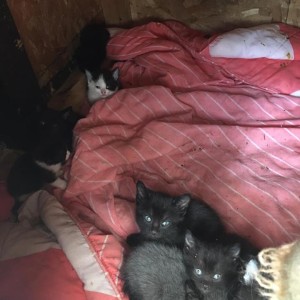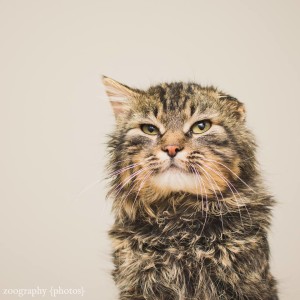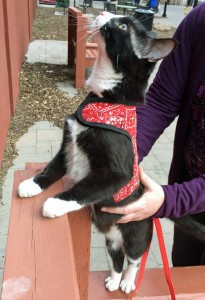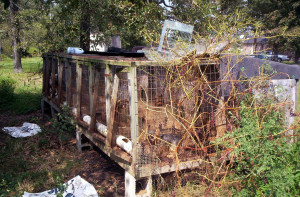- Grain free, no by product diet. Grains seems to be the worst offender of blocked cats as it takes away moisture. In fact if you can do a wet food only diet (that is grain free, no by products) that would be best or at least supplement it into your cats diet.
- Like people if they don’t use the washroom enough it can cause UTI’s which can lead to further issues. Make sure that there are equal number of litter boxes to cats plus one extra around the house and that it is cleaned enough to their liking so they use it regularly.
- Overweight cats can be prone to having these issues as well. So it is very important to make sure your cats are at a healthy weight. Some cats should not be free fed as they tend to not know when enough is enough and will eat way more then they should so regulated diets are a must for them.
- Fresh water or water fountains are extremely important. Cats do not drink enough water mostly due to in the wild cats get their water from their prey so on a dry food diet only they don’t ever get enough water. By adding the water fountain it promotes cats to drink more, or by having fresh water a cat will be more inclined to drink. You could even put a little bit of water in the dry food to help give your cat more water intake.
What are the signs of a blocked cat?
- Straining to urinate.
- Peeing more frequently.
- Blood in the urine.
- Peeing in places that is not the litter box.
- Crying out in pain while peeing.
It is extremely important that if you see the signs to get your cat to a vet immediately. If money is tight contact various vets to see what their pricing is and if they are willing to do payment plans. But as always if you generally don’t have thousands of dollars to use for vetting, please get pet insurance so you never have to deal with the huge amount of stress of not having the money to make your best friend feel better.























